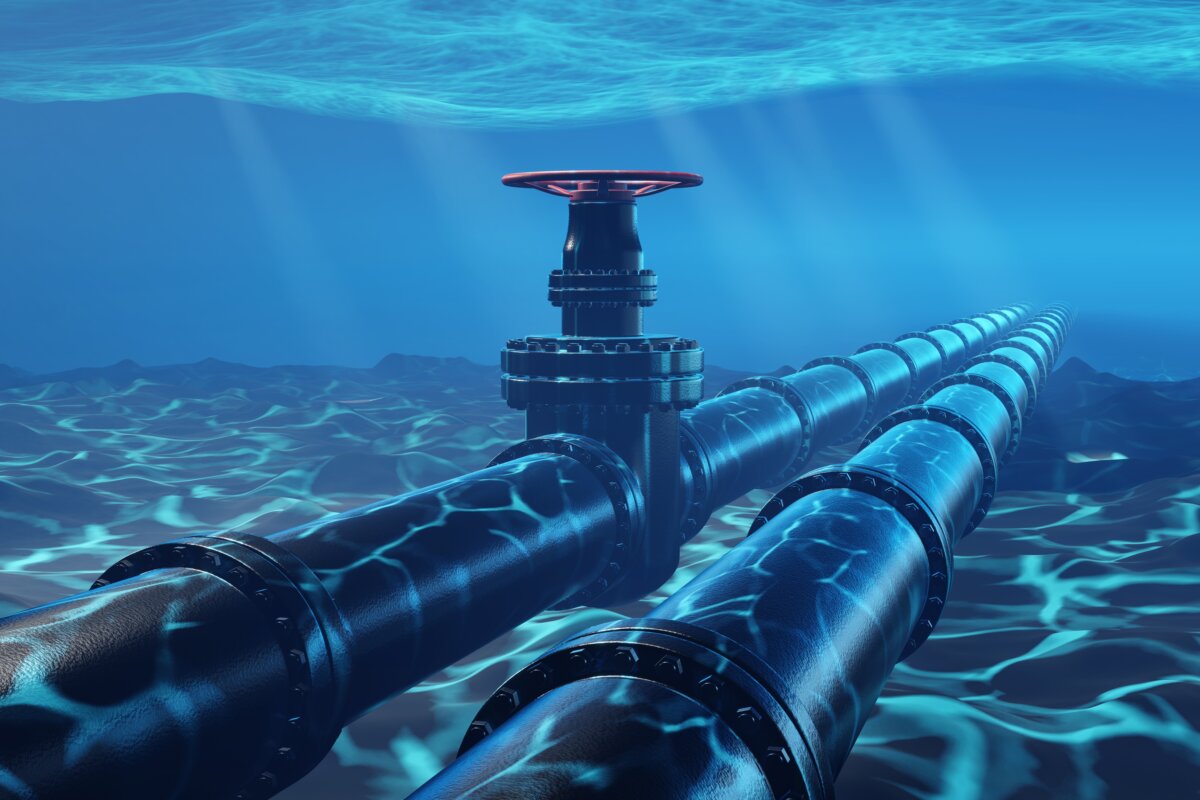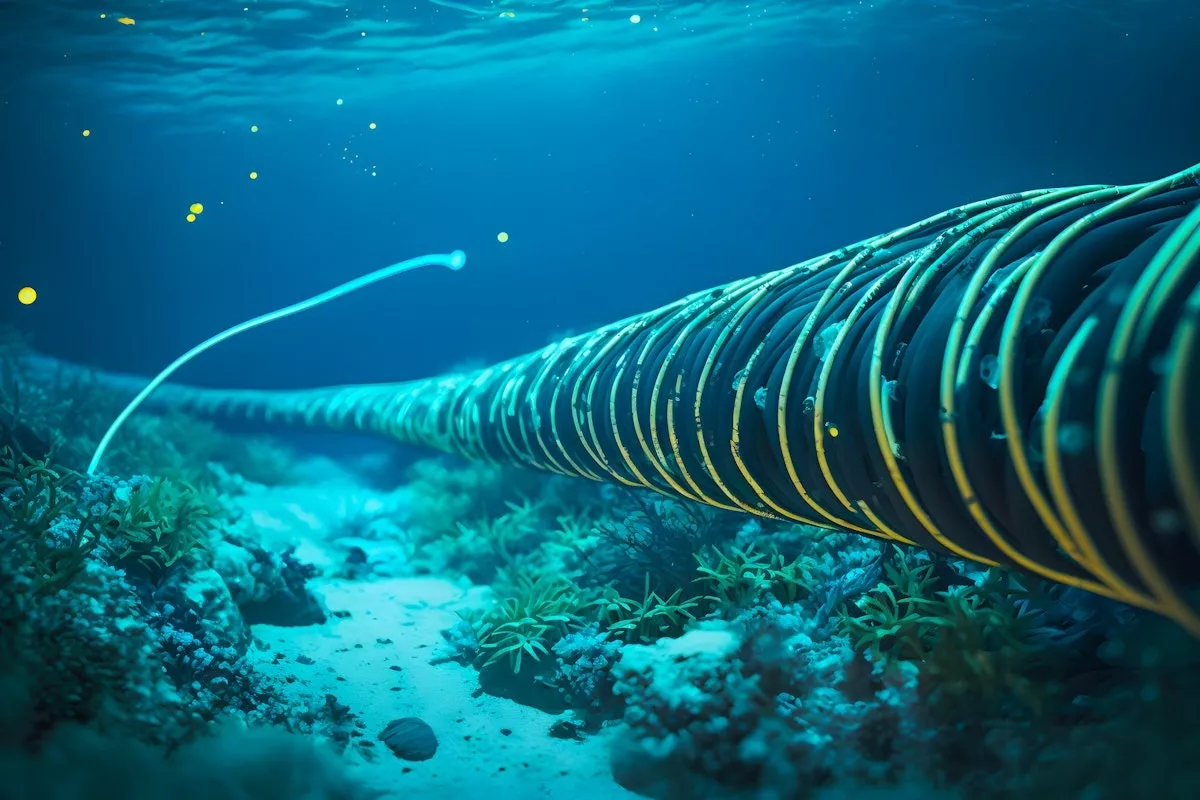China continues to seek energy independence and to this end is weaving an immense network of submarine pipelines.
The goal is to have 13,000 kilometres by 2030.
Invisible, but there nonetheless. Much of the seabed is occupied by extremely long roads that connect practically every country. The map of submarine cables continues to expand, and if the war in Ukraine has shown us anything, it is that this is key infrastructure. They are vital for communication systems. Alongside them are other types of pipelines: those that transport fuel and those that connect the entire offshore energy infrastructure.
And China has just achieved a milestone in its network: it has installed more than 10,000 kilometres of submarine pipelines with the aim of further developing its energy independence.
China and offshore energy.
China has a vast land area, but although it is exploiting it with huge solar farms and the world’s largest hydroelectric plant (plus another one on the way), it is also developing offshore energy. This allows access to resources at sea, such as offshore wind (for which they are developing science fiction wind turbines), natural gas, solar energy and oil.
The country is promoting megaprojects such as the Chaozhou wind farm and floating solar plants, while also drilling in search of oil independence (something complicated due to the volume they need). This strategy responds to two objectives: the aforementioned energy independence and decarbonisation by investing in renewables. And to increase their installed capacity at sea, they need pipelines to connect to land-based plants.
Accelerated development.
This is where the more than 10,000 kilometres of pipelines that China has already installed come into play, a ‘mega-construction’ project in its own right, which has undergone accelerated development in recent years. Between 2021 and 2025 alone, the country installed more than 1,500 kilometres of new pipelines, some at depths of more than 1,500 metres, venturing into ultra-deep waters.
These pipelines have different diameters. Some are less than three centimetres in diameter, but others are much larger, exceeding 120 centimetres. Imagine a pipe with the diameter of a 50-inch television.
Independence.
This enormous investment translates into projects such as Hohai Bay. It has the densest pipeline network in the country, with more than 3,200 kilometres dedicated to transporting both crude oil and gas. Another project is Deep Sea No.1, the first ‘field’ of ultra-deep gas developed entirely by China, which operates at a depth of 1,500 kilometres.

Resistant.
To install these pipelines, the country developed the Hai Yang Shi You 201. This is its first crane ship designed to lay pipelines at depths even greater than those of Deep Sea No.1. We are talking about a ship that can carry out installations at depths of 3,000 metres, which means that the pipelines themselves must be resistant.
They are designed to withstand both high temperatures and extremely high pressure, but they also feature anti-corrosion treatment and the internal capacity to transport gas and oil streams reaching temperatures of 120 degrees. They are considerably thick, at around four centimetres.
Projection.
Ultimately, this pipeline network is both a technical achievement and the foundation on which China’s desire for energy independence rests. The idea is to exceed 13,000 kilometres of pipelines by 2030, further strengthening the country’s energy transport network while continuing to develop its offshore capacity.
And, although we are talking about gas and oil, we must not forget that the country is also interested in transporting “green” fuels such as hydrogen or shale gas, a fuel for which they recently discovered huge deposits that will help in this goal of reducing dependence on imports.





